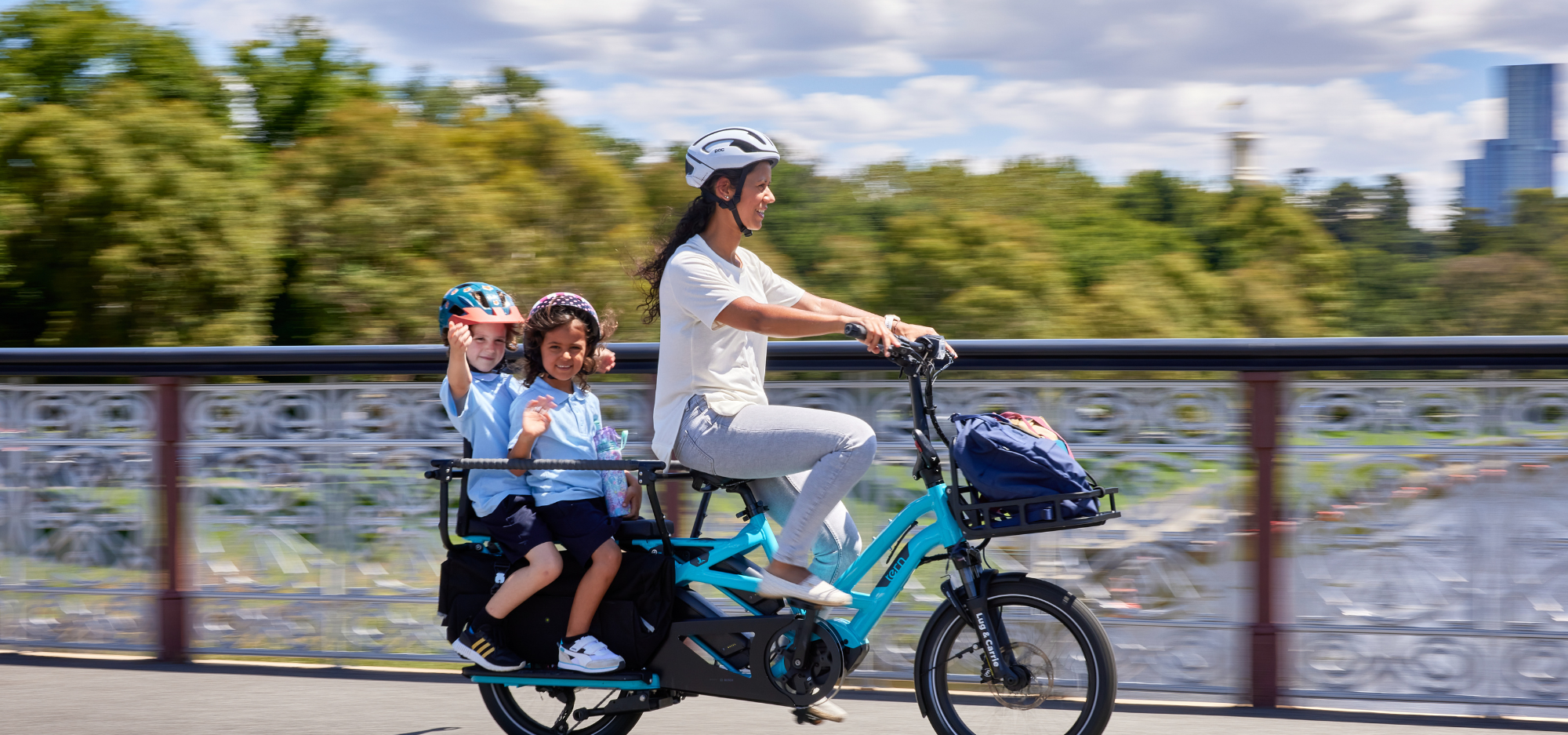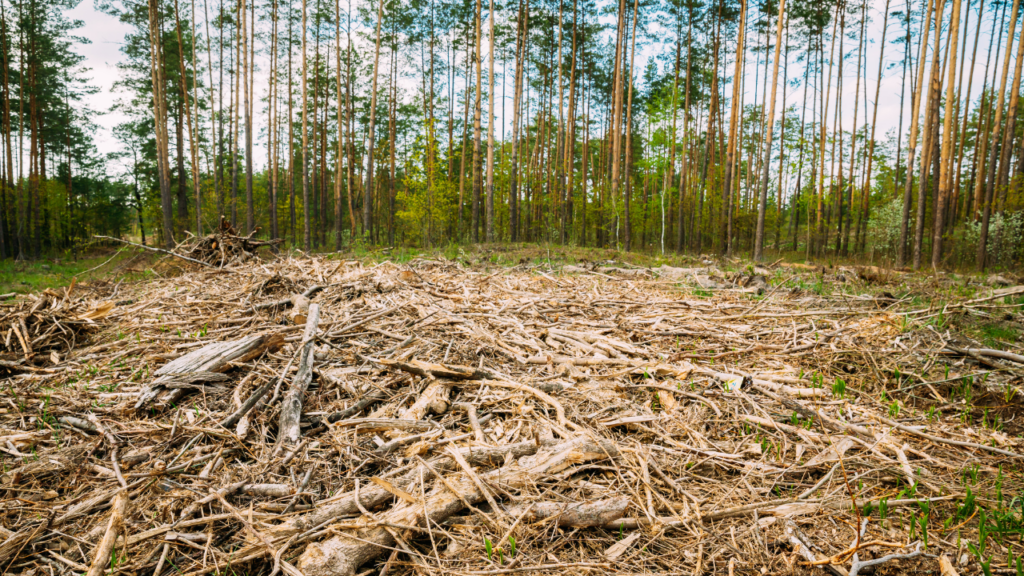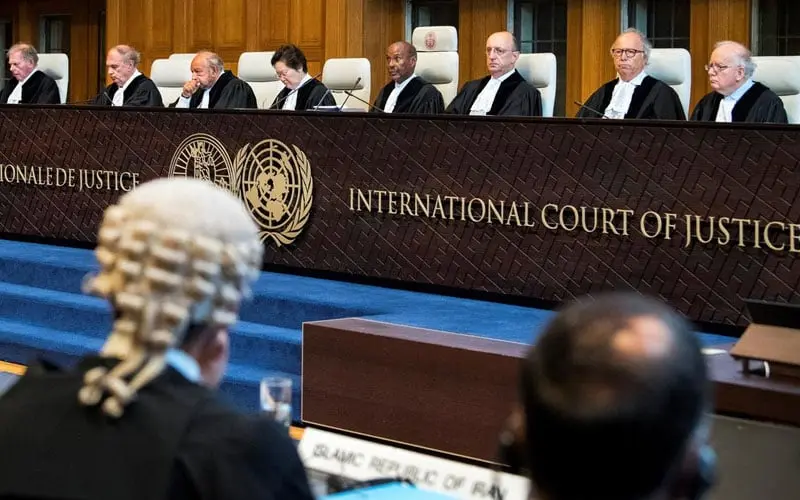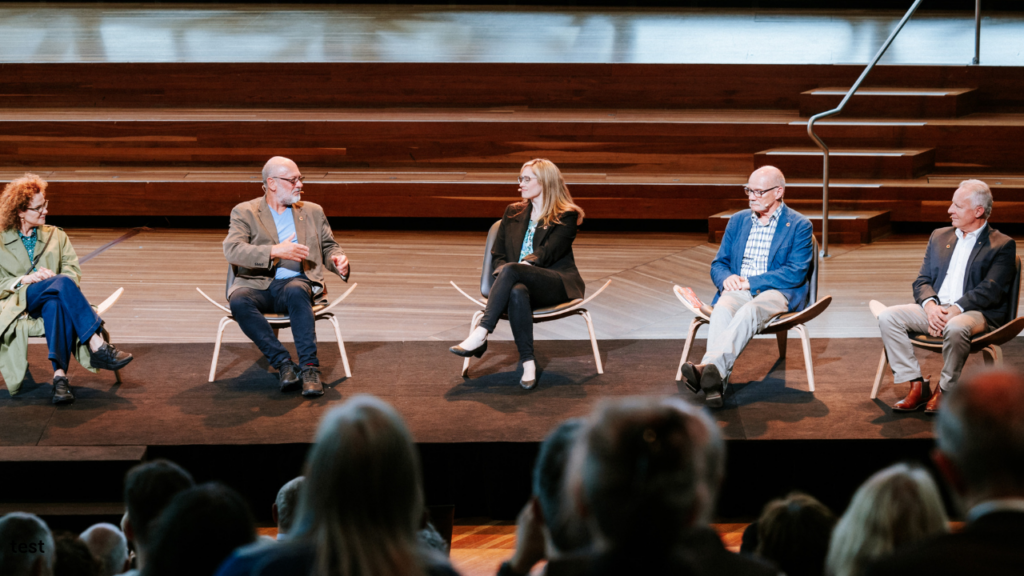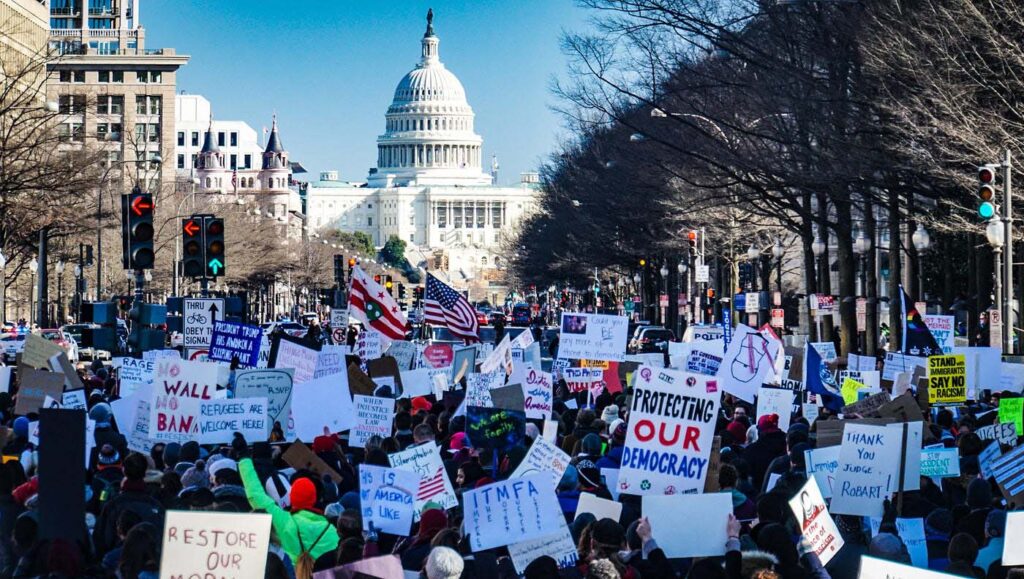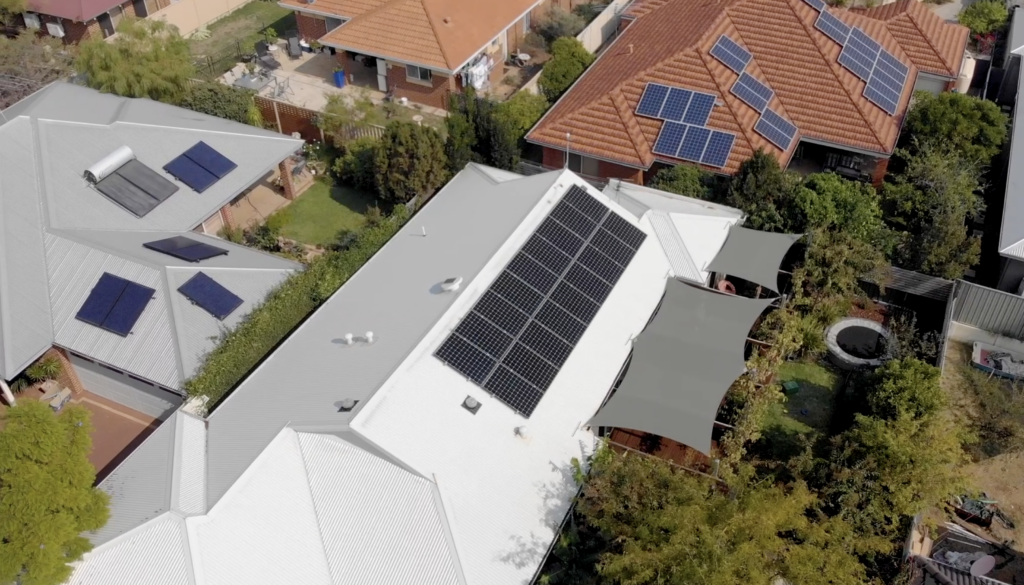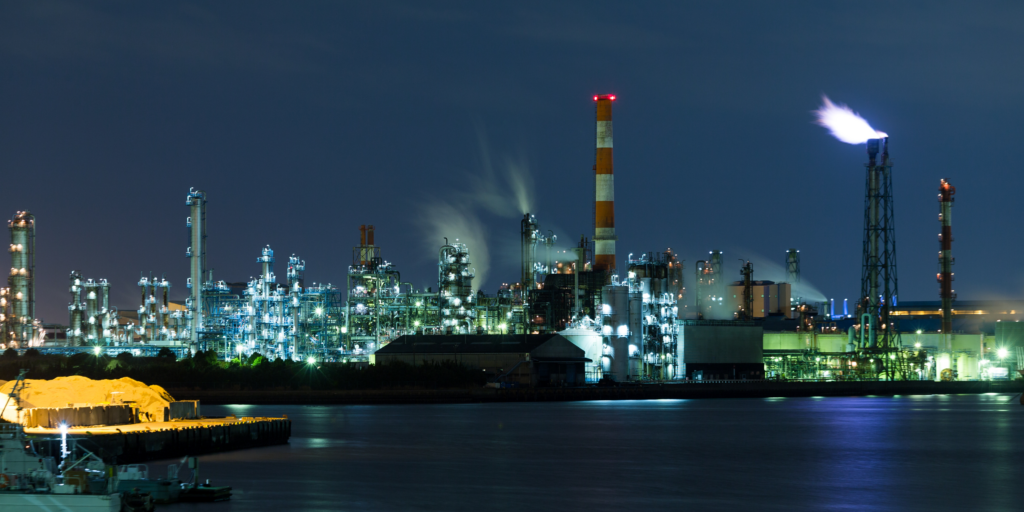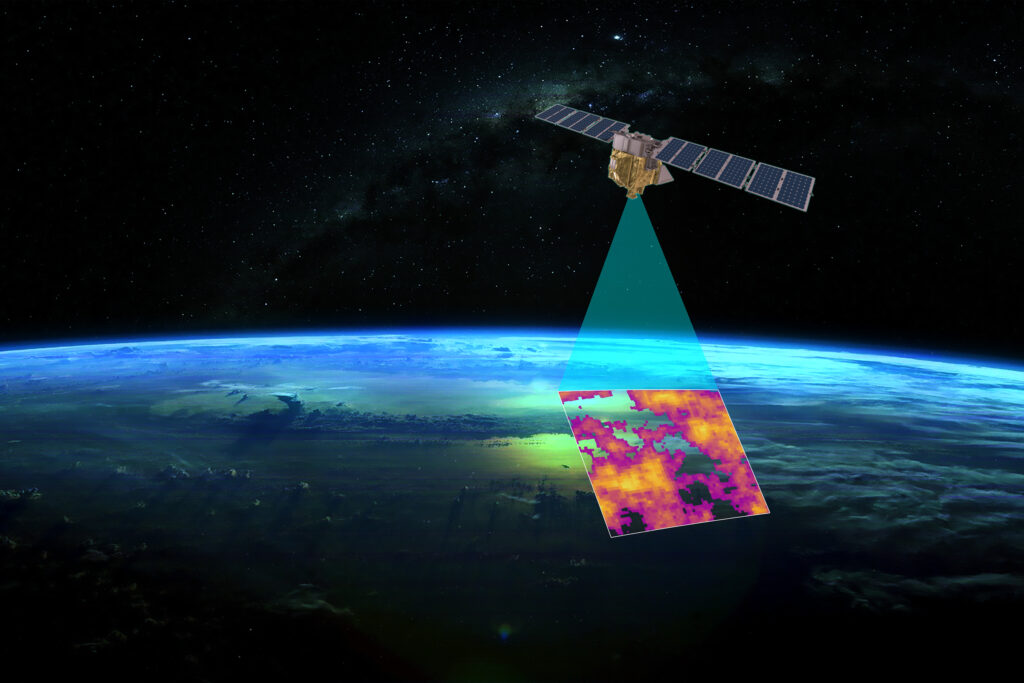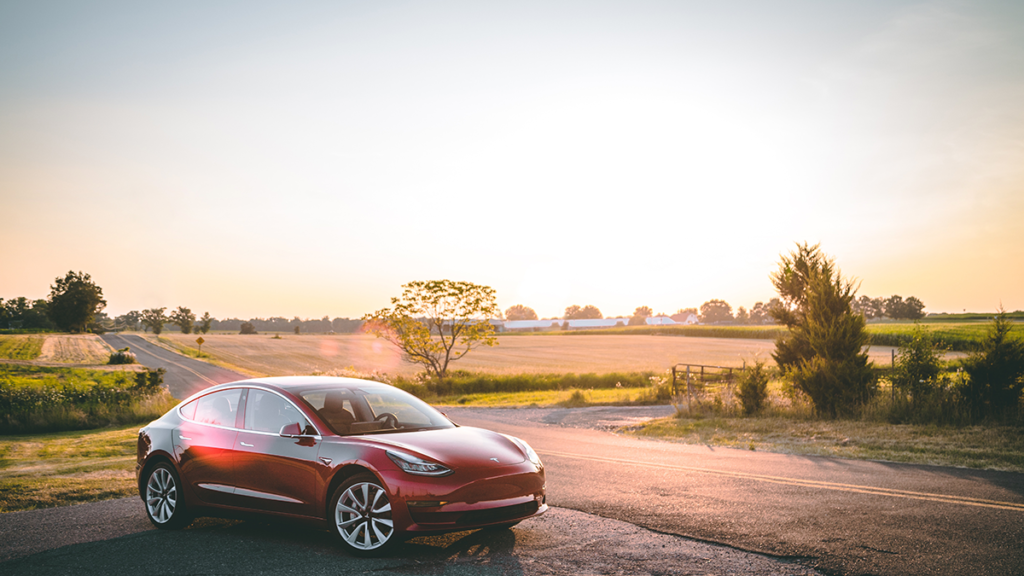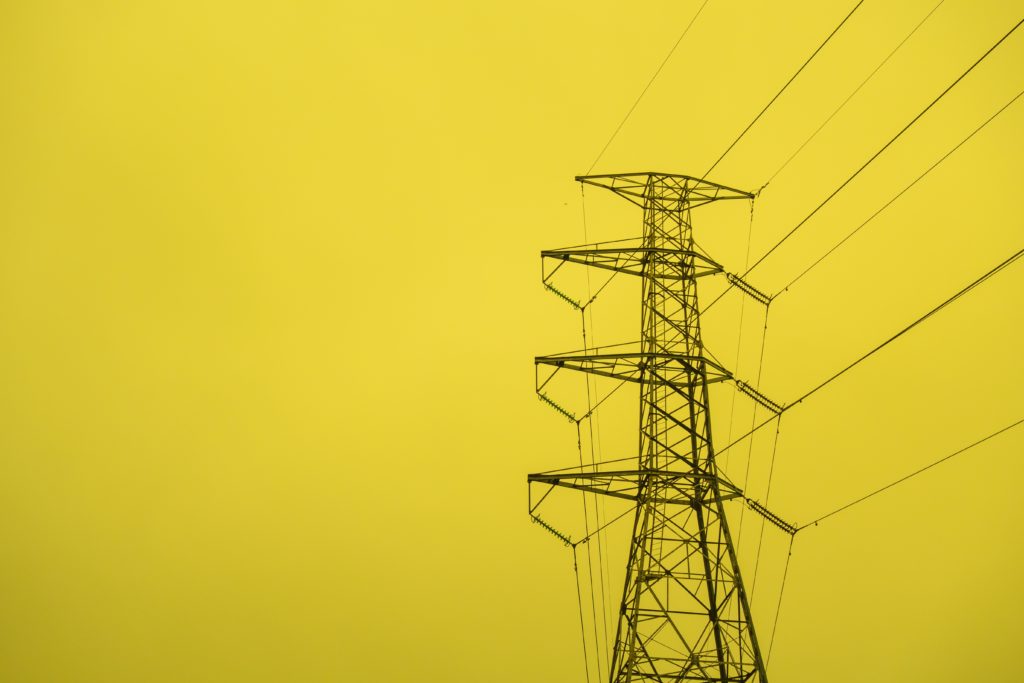Our ability to get around – safely and without barriers – is fundamental to our quality of life, wellbeing and participation in society. Transport connects us to everything: our communities, workplaces, friends and family, education, healthcare and all the essential services we need.
Transport also produces a large and rising share of Australia’s harmful carbon pollution (19 percent). To reverse this trend, we need to fundamentally alter the ways we get around, as well as the transport options available to Australians. Our cities and public spaces should be designed for people, rather than how they are presently designed: for private vehicles that run on fossil fuels, causing our streets to be congested and polluted. This has serious consequences for our health, as well as our planet – costing more than more than 1,100 road crash deaths in 2021 and potentially thousands more in premature deaths from air pollution.
The transport infrastructure in place determines the choices we make every day about how Australians can get around, and in turn the emissions profile of personal transport in Australia. Personal transport is the focus of this report – the way people move around (as opposed to freight, the way that goods are transported) and has significant potential for emissions reduction. Cars and light commercial vehicles contribute 62 percent of transport emissions (DCCEEW 2022a) and we have solutions readily available now to decarbonise. We all understand that climate change is accelerating with deadly consequences, and that we must take action. This requires transformative change across all parts of our economy and community, including transport.
Report Key findings
1. For Australia to meet its climate obligations, we need to fundamentally transform our transport system so everyone can get around easily and safely. Right now, a car-dependent system run on fossil fuels is harming our health, hip pockets and the environment.
- Climate change is accelerating with deadly consequences, as are transport emissions in Australia. We need to rapidly reverse this trend if we are to avoid further climate harm.
- Transport is the third largest contributor to greenhouse gas emissions in Australia. Cars and light commercial vehicles make up 62 percent of these emissions, therefore personal transport is the focus of this report.
- Australia’s transport system is highly polluting by global standards, with more registered vehicles (20.1 million) than we have people who are licensed to drive them (18.7 million). Our car-dominated transport system cost more than 1,100 road crash deaths in 2021 and potentially thousands more in premature deaths from air pollution.
- Alongside this, pollution from vehicles is linked to more than 12,000 people being hospitalised with cardiovascular issues, more than 6,800 people being hospitalised with respiratory issues and 66,000 cases of childhood asthma each year.
2. Global sales of fossil fuel-powered vehicles are in structural decline, but to clean up Australia’s transport system, we will need to go beyond simply replacing existing vehicles with electric ones.
- The sale of vehicles powered by petrol and diesel are considered to be in structural decline, having peaked at 86 million sales in 2017.
- In 2022, one in every seven passenger cars sold around the world was an electric vehicle, up from one in every 70 in 2017.
- To decarbonise the transport sector, the way we get around must transform from the majority of trips occurring via private vehicle to most happening on public transport or in an active way (such as walking, bike riding, scooting and rolling). This is also known as ‘mode shift’.
- Alongside this, electric vehicles and shared and community transport should be affordable and available to those who need them most, such as people with a disability, older people, and those living in outer-suburban, regional, rural and remote areas.
- There is enormous potential for more Australians to get around in active ways. More than two million trips taken by car every day in Sydney are less than two kilometres in length, while in Melbourne half of all weekday trips are under 4.7 kilometres and most of these occur in a car.
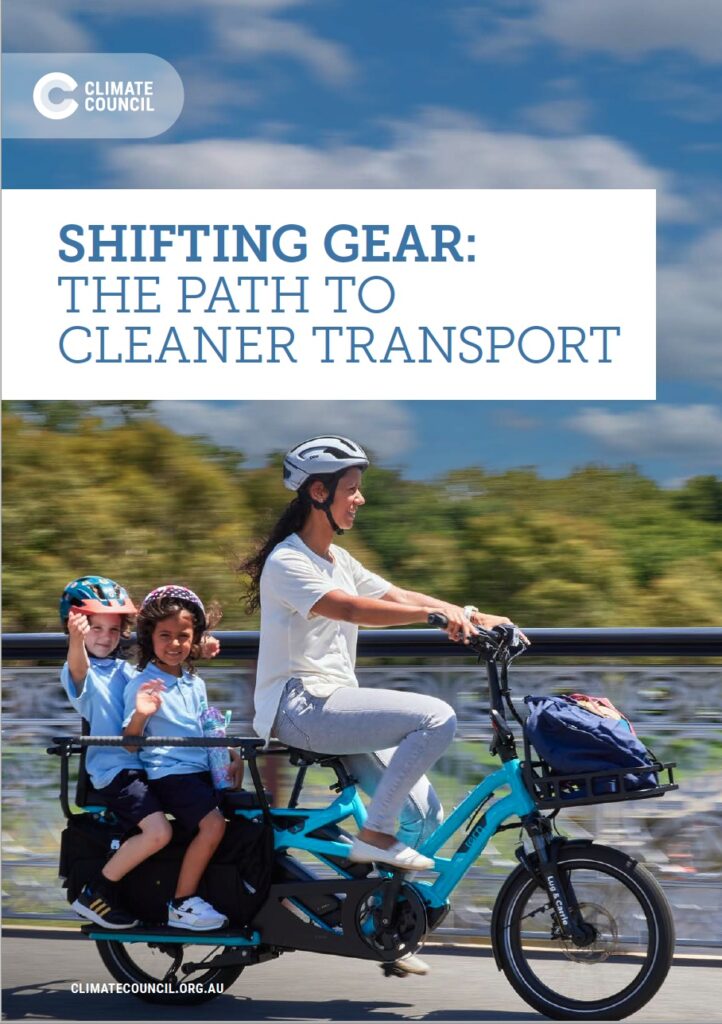
3. To make it easier for Australians to increase their use of active and public transport for travel, decision makers need to apply visionary thinking and planning.
- Under all emissions reduction scenarios the Climate Council modelled, a major and dramatic shift in the way most people get around is required.
- This includes a scenario that is in line with existing national economy-wide emissions reduction plans of 43 percent by 2030 (from 2005 levels), as well as a transformational scenario in line with a scienc ealigned and economy-wide emissions reduction target of 75 percent by 2030 (from 2005 levels).
- This will not only require a mindset shift in the way we design transport policies, but also in the way we plan and design our cities and communities so more people are better connected to the services they need and want.
- Change at this scale would not only cut a quarter of our overall transport emissions, but would also improve our health and wellbeing, and make our communities much more enjoyable to live in.
- When expanding sustainable transport options, there should be a clear commitment to accessibility, affordability, and equity of access by putting the diverse needs of all Australians front and centre.
4. By the end of this decade, we should be aiming to more than halve the number of car trips that Australians make. This can be achieved by significant investment in electrified public transport and well-connected infrastructure for active modes like walking and cycling. We need this investment to enable 3.5 times more trips to be made on public transport, and 3 times more trips to be made using active modes.
- We have the solutions we need to do this, but it will require a structural shift in transport investment and design that prioritises active and public modes of transport, together with far greater investment, and changes in land use planning.
- Building on current commitments, the Climate Council recommends developing a National Transport Decarbonisation Plan to guide this. The plan should set mode shift targets to reduce car dependence on the scale required to rapidly reduce transport emissions. This should prioritise the transport needs of marginalised and vulnerable community groups.
- Investment in public and active transport will need to dramatically increase. Active transport accounts for a pitiful two per cent of transport budgets, or less, that most governments spend today. The Climate Council recommends half of all transport budgets be dedicated to public transport, and 20 percent to active forms of transport in line with international best practice. All new investment should include commitments for inclusive and accessible transport and infrastructure.
- This needs to be coupled with a review and reform of all transport pricing, including road charges to disincentivise car travel (such as congestion charges) and measures to ensure that public, shared and community transport is affordable for all.
- To maximise emissions reductions, we need to electrify all public transport by 2035 at the latest, and ideally by the end of this decade.
- For trips that still need to be made by car, putting in place strong fuel efficiency standards will be essential for encouraging further uptake of electric vehicles. This needs to be coupled with equity considerations to ensure those who need electric vehicles most – such as people with a disability or older people – are able to obtain them.
5. We have the solutions we need to decarbonise personal transport, and it is a transformation all Australians can be a part of and benefit from.
- Moving to zero emissions vehicles and enabling more people to chose public and active transport options will mean safer streets, cleaner, healthier air and less pollution – particularly in our cities – with tremendous public health benefits.
- Many Australians are reliant on cars because our public and active transport infrastructure is often inadequate, which increases the costs of getting around. It is estimated we get a $2 return for every dollar invested in active transport infrastructure.
- Substantially increasing investment to improve and rapidly expand active and public transport options means greater choice for Australians in how they get around. Zero emissions transport needs to be equitably distributed and affordable.
- Active travel going forward means the prioritisation of pedestrians and bike riders on roads, with paths which are connected, safe, and given ample space separated from traffic, use of bike and scooter sharing programs, uptake of light electric vehicles (such as e-bikes) and walking and biking school buses to name a few.
- Public transport needs to be electrified, affordable, accessible, reliable and frequent. It should be given priority on roads, with networks designed to accommodate diverse destinations, and incorporate modes like on-demand and community transport.
- Electric vehicles need to be more available and affordable, with support for things such as ridehailing, car sharing, and including smaller electric vehicles, such as sit-on scooters, motorbikes and micro cars.
- Transport systems that are focused on public transport and active ways of getting around create more connected and equitable communities. Places where more people have viable transport options have fewer barriers to work, education and engaging in community life.

